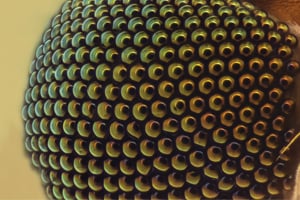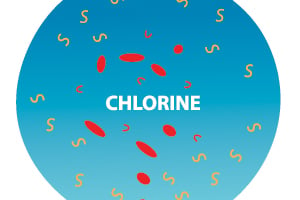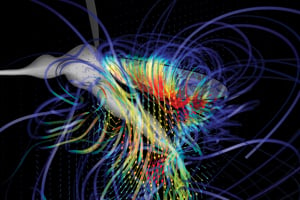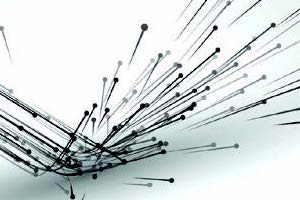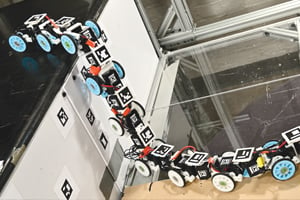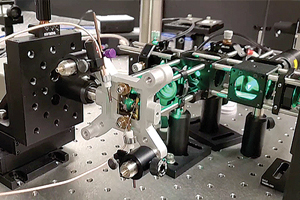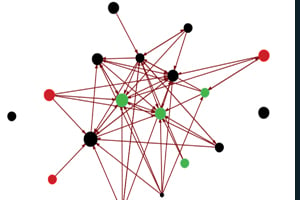
Influencing the Influencers
Many of us resolutely think of ourselves as independent- minded beings, free to make personal choices. But in reality, much of our decision-making hinges on our social networks—the individuals we interact with, both in person and electronically.


